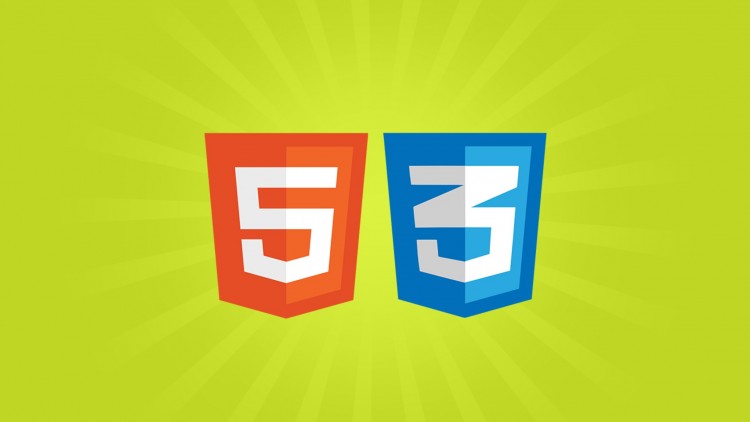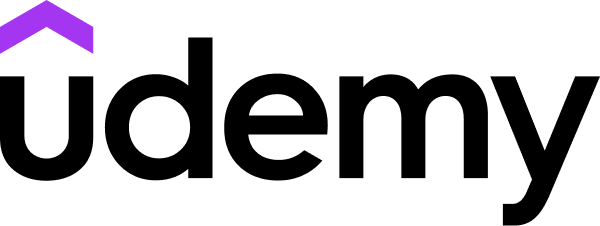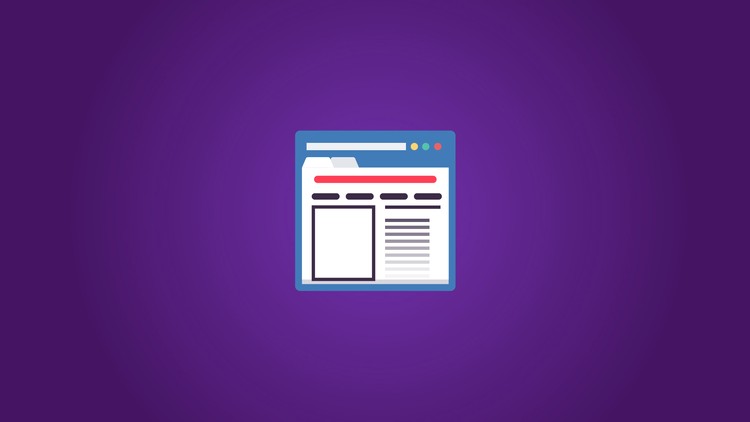Course overview
- Provider
- Udemy
- Course type
- Paid course
- Level
- All Levels
- Duration
- 4 hours
- Lessons
- 30 lessons
- Certificate
- Available on completion
- Course author
- Crypters Infotech
-
- Learn different CSS Positioning Techniques
- Position elements on a webpage as you want
- Understand how elements are displayed on a webpage
- Understand CSS box model clearly
- Define dimensions of elements
- Use CSS position and float properties correctly
- Customise layout of webpages
- Create CSS layouts from scratch
- Design real-world projects using CSS positioning techniques
- Define placement of elements on a webpage
- Position elements in the correct place with respect to webpage, parent element, normal position and other elements
- Design Flexbox layout
Description
Nowadays, web designers and front-end developers have to build complex page layouts. Structuring webpages by designing layouts and positioning content is very important when it comes to web design and web development. When the elements are positioned correctly in a webpage, the webpage becomes more structured and the content becomes easily visible and digestible. Web designers and developers take advantage of different CSS layout techniques to structure webpages as they need. CSS layout techniques allow us to define the placement of elements on a web page, that is to control where they are positioned with respect to their default position as per normal flow, the other elements around them, their parent container, or the main viewport/window.
Suppose you want to create your own multi-column web site. But if you do not know where to start from or how to proceed, this course is for you. This course "CSS Layout Techniques" teaches you how to work with the common layout and positioning methods used in web design. In this course, you will learn different techniques to position elements on a webpage in nearly any imaginable way. Throughout the course, you will learn how to build layouts using display methods, floats, positioning techniques and even Flexbox which is the latest CSS layout model. At the end of the course, you will apply your positioning skills by working on real-world projects. You can decide which technique to use based on the content and goals of your webpage because some techniques are better than others in some context.
In this course, you start from the basics of CSS positioning techniques and gradually move to advanced concepts in CSS positioning. You will understand,
In the "Knowledge into Action (Apply Your Knowledge)" section, you will apply what you have learnt in this course to build layout and position elements from scratch. In the "CSS Positioning with Real-World Projects (Hands-On Practices)" section, you will do hands-on practices where you will practically implement CSS positioning techniques in some real-world projects.
By the end of this course, you will be able to
So, what are you waiting for? Join this course and learn CSS positioning techniques in an easy and efficient way!!
Similar courses

-
28 hours
-
126 lessonsCertificate

-
38 hours
-
150 lessonsCertificate

-
6 hours
-
49 lessonsCertificate

